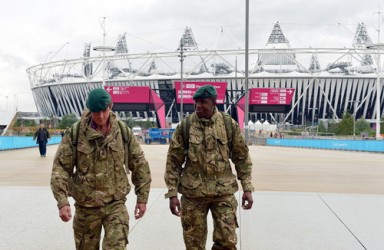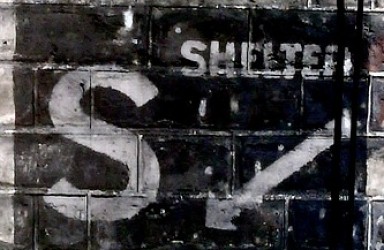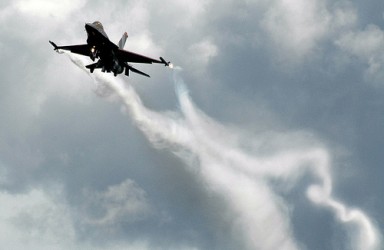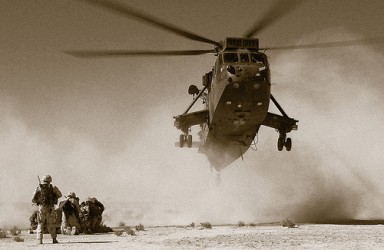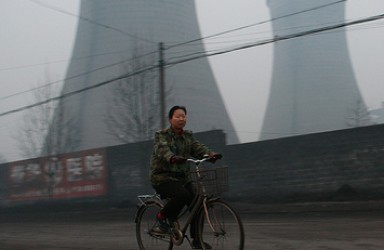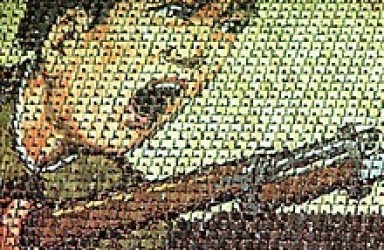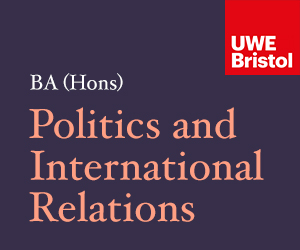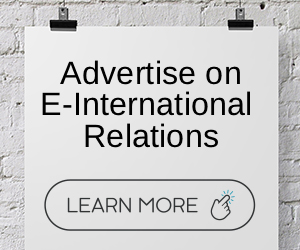The Arab Spring and the Future of Iran-US Relations
The Arab Spring will most probably exacerbate areas of conflicting interests between Iran and the US, as the regional designs and aspirations of both nations are deeply antithetical. One may argue that the prospect of a violent conflict is looming large on the horizon.
Obama’s Cautious Step Forward on Middle Eastern Democracy
To seize the opportunity of this historic moment of political change and support democratization in the Arab world, Obama needs to fill in the details of how the USA and the international community will offer concrete, sizeable and sustained help towards securing political reforms throughout the region in the coming months and years.
Ahmadinejad and the Politics of Mahdism in Iran
The need to resort to strategic symbols like Mahdi is to some degree the result of the Persian cultural trait of ta’arof which discourages direct confrontation and criticism. Westerners, bewildered by such peculiarities, often fall back on what they know best, Iran’s foreign affairs, while overlooking the domestic aspects that fuel Iranian behavior.
Angus Calder’s ‘The Myth of the Blitz’
The Myth of the Blitz remains an important milestone in the critical analysis of the memory of the Second World War in Britain. Its nuanced treatment of various complex and inter-related topics, and its informative examination of the origins and uses of popular memory, set it apart from other more polemical texts and laid the foundations for future revisionism.
Iran: an elite at war
The dictators, the old, the ridiculous, the venial in Iran are still telling the free, the young, the educated, the expectant how to live their lives. But the democratic awakening that began in Iran and has since reverberated across the middle east is alive, and with its eyes open. That is what really scares the elite.
What Is Worse for Israel, Attacking or Not Attacking Iran’s Nuclear Infrastructure?
It is possible that at some point in the next 15-18 months Israel’s policy-makers and military officials will need to decide whether or not to attack Iran’s nuclear infrastructure. That would certainly be one of the most complicated decisions since the establishment of the State of Israel.
War by Network – the Modern Revolution in Military Affairs
Warfare today is changing. The course of conflict in the 21st century, and the problems we in the West may continue to face in the coming decades are mutating, developing and adapting in ways that make their defeat – whilst not necessarily more difficult – an entirely different prospect to face.
Multilateralism in everyday diplomatic life
There are lessons to be learnt for future Asian architects when studying some of the ways and means (if not the entire recipe) of the Helsinki process. The frequently heard argument that Asian states are supposedly too different for anything like ‘Helsinki’ to work simply won’t wash. Yes, there might well be a ‘right’ Asian security architecture; it’s our common task to find it because the alternative is worse.
China and the Green Energy Future
While environmentalists are rightly very worried about the effects of mining and burning the world’s remaining coal reserves, many are now just as concerned in the post-Fukushima world about the safety of nuclear energy. Prior to this year, nuclear power was increasingly viewed as the most feasible near-term alternative to coal-fired electricity.
Nuclear Ambitions in Asia: The Paper Tiger Revisited
The final result of the growth of the PRC’s military capacity is, perhaps, that China’s nuclear perspective will be exported abroad. Countries in the region that are concerned for their security should realize this truth and take steps to avoid a nuclear escalation that would do little to deter the doctrinally-different military culture of the People’s Republic of China.
![Image by [john]](https://www.e-ir.info/wp-content/themes/yamidoo-child/scripts/timthumb.php?src=http://www.e-ir.info/wp-content/uploads/john2.jpg&w=384&h=250&zc=1)

